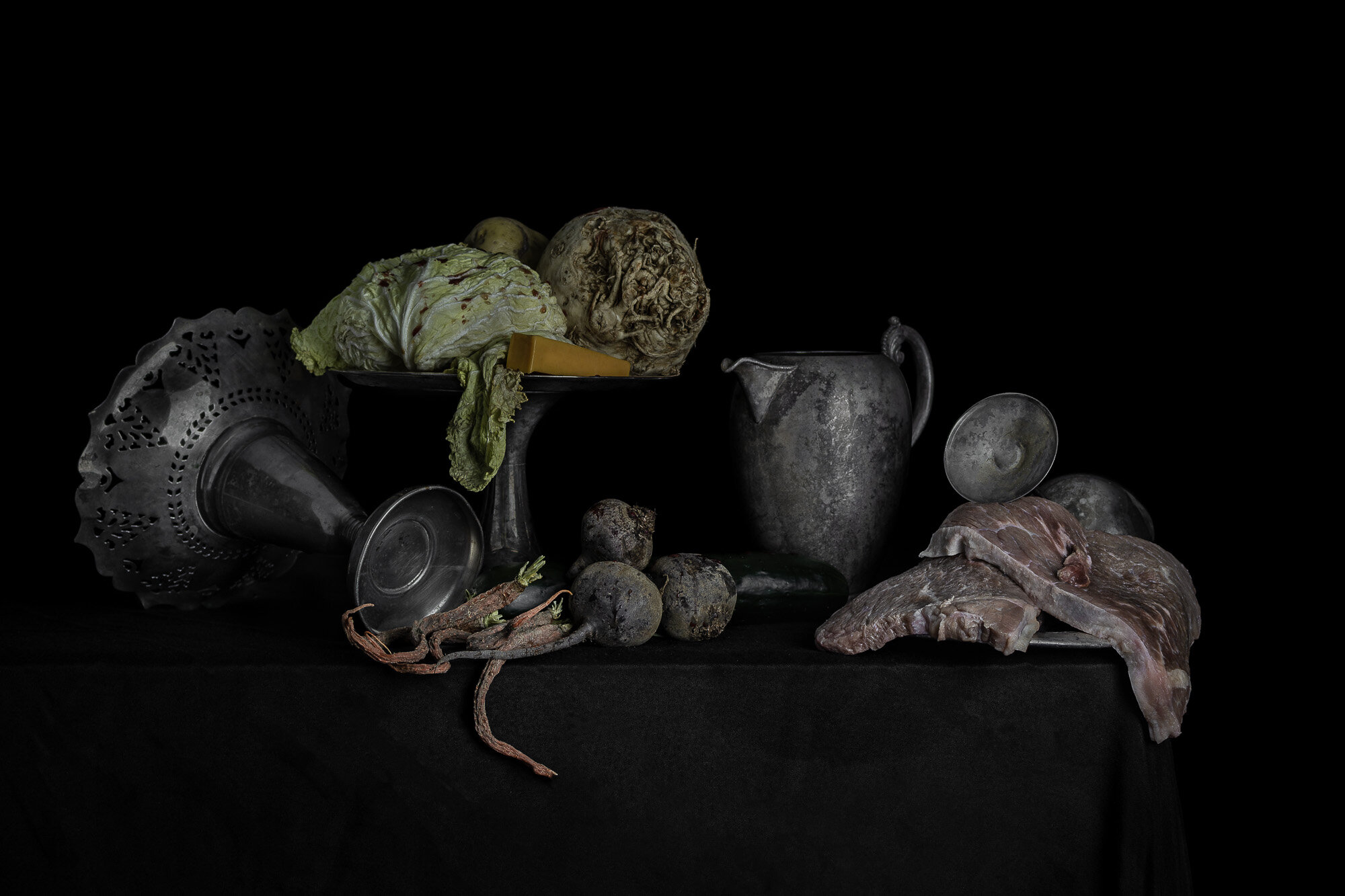The Last Supper: Darryl Richley
On March 25, 1981, Darryl Richley and 3 other men forced their way into the Lehman family home and beat Donald Lehman with a motorcycle drive chain before shooting him several times in the chest and head. Lehman’s wife cowered in a corner and watched her husband die. Their daughter was held at gunpoint in another part of the house.
Darryl Richley was put to death by lethal injection alongside 2 of his accomplices, Hoyt Clines and James Holmes, on August 3, 1994. (The remaining accomplice, Ray Orndorff, had his sentence commuted to life without parole in appeals court.) All three men were executed on the same day, within hours of each other. This was the first triple execution in the country for more than 32 years. Richley’s lawyer described the parade of executions as “Inhumane as hell . . . You just lead them in there like cattle, slaughter them and get on with business..”
All three men declined to make final statements.
Richley’s requested final meal was a porterhouse steak (rare), extra-sharp cheese, and a salad.
On Multiple Executions
Much has already been written about the assembly line style execution of Richley, Clines, and Holmes on August 3, 1994. I have little to add to oft-repeated the analysis that the state going into this kind of “production mode” reflects the ordinariness and normalization of capital punishment. (Arkansas argued that multiple executions reduce stress on employees, are more cost effective, and cut down on overtime.) However, I do think that there is something to be gleaned from revisiting the logistics of the day. All three men were given the choice between lethal injection and death by electrocution; all three chose the former. All three men declined to make final statements. The executions took place over a 3 hour period, leaving just enough time between each procedure for the body to be removed, the needle changed, and the table wiped down. Initially the order of execution was supposed to be alphabetical by last name; however, the execution of Holmes was postponed due to a last-minute appeal and Richley’s execution came an hour earlier than expected. Richley was given only 10 minutes warning; he was unable to read a last letter from his brother, nor was he able to write a last letter to his family.
Only eight protesters showed up outside the correctional facility on the day of the execution.
Multiple executions were resumed in May, when Arkansas executed two black men with unrelated convictions. The largest multiple execution on record involved eight people in Virginia.
In this composition Richley’s steak is raw and dangles over the edge of the table, a wine goblet balances delicately on the precarious pile of meat, a reminder of the fragility of life. The wilted cabbage, carrots, beets, and celery root stand in for Richley’s salad. These have been splattered with blood from the steak, a reminder of death and of the violence that underpins the story.
